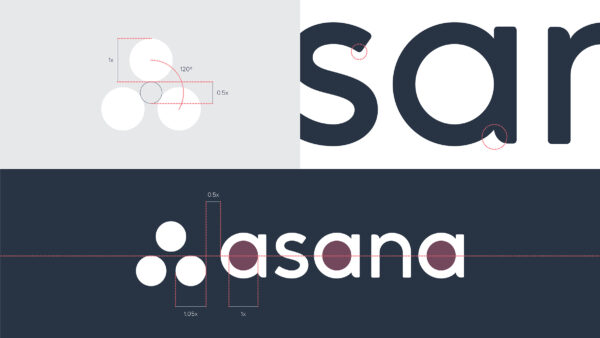Putting story at the heart of brand
The Asana team had already been at work, exploring what made them ‘them’. They recognised a need for an objective, expert partner to help them refine, define and prioritise their ideas, so we joined their internal team to push the project forward. Firstly, we developed a brand narrative: “Do great things together”. This would serve as the anchor for the redesign, the product launch and everyday business decisions.







